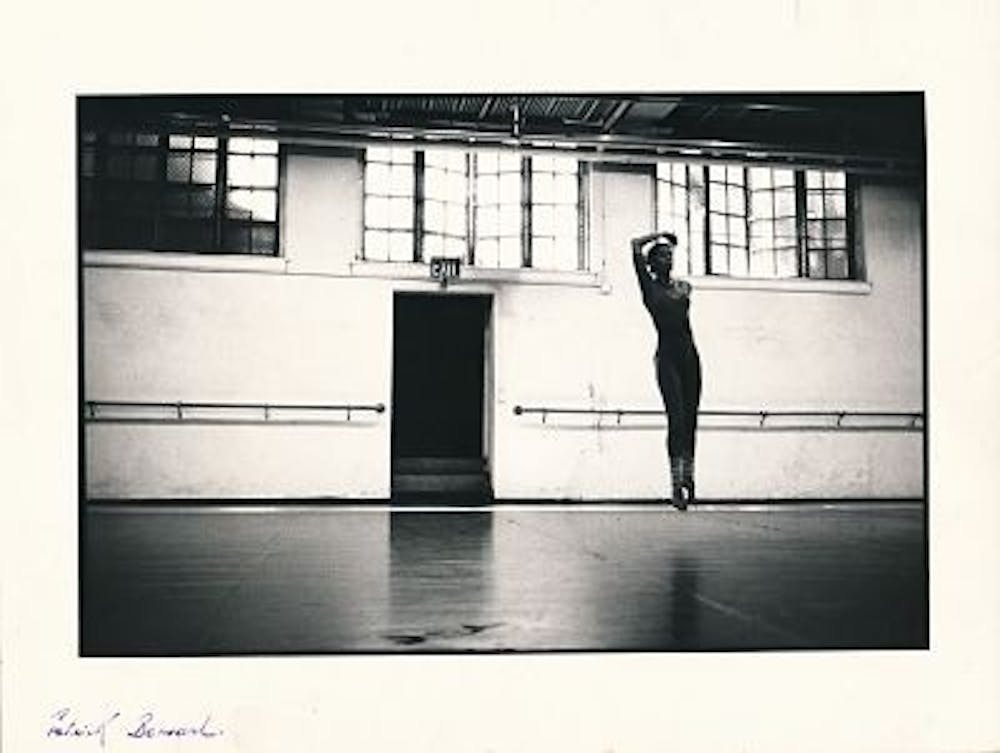The American Dance Festival was founded in 1934 at Bennington College by a cohort of young, passionate choreographers who rejected the formalism of classical ballet in favor of improvisation, loose storytelling, and experimentation with other performance mediums. Its early performances, including collaborations with the sculptor Alexander Calder and the composer John Cage, not only broke from ballet’s highly moderated technique and finely detailed movements, but also expanded the public perception of what dance should look like. One of its founders, Martha Graham, eventually received a Presidential Medal of Freedom and the accolade of being known as the “Picasso of Dance” for her groundbreaking work that defined twentieth-century performance. Yet in contrast to any connotations conjured up by “experimental” and “avant-garde”, modern dance is pure Americana; despite not falling in the same subconscious category as Norman Rockwell paintings and Coca-Cola advertisements, it is considered “the first truly American dance” according to ADF intern Anna McDunn.

After moving to Durham in 1978 (and incidentally awarding a scholarship to teenage dancer Madonna Louise Ciccone, more famously known as singer Madonna), the American Dance Festival has become part of North Carolina history, transforming the town into a headquarter of dance, innovation, and art for thirty six summers. This year, as dancers from six continents converge on Durham for six and a half weeks of performances and workshops, ADF shows modern dance’s expansion from its American origins to a multi-faceted, worldwide art form —defined no longer as a countermovement to classical dance, but as a sprawling array of choices from pieces that could almost be ballet to performance art that could almost be pure theater.
Throughout its history, ADF has prided itself on showcasing new talent through premieres and commissioned pieces, and though some performances have become classics, like Pilobolus’s high-energy “Rules of Play," the focus remains on innovation and creation. This season, at the Nasher Museum, Israeli choreographers Niv Sheinfeld and Oren Laor will reimagine the 1987 work Two Room Apartment as a duet for two male dancers, set to music that evokes either a military march or a band of mariachis, while at DPAC, Ballet Hispanico will riff on Cuban cabaret with the premiere of choreographer Rosie Herrera’s all-female Show. Girl.
“Don’t come with preconceived notions about what dance–even modern dance–should look like,” says Sarah Tondu, ADF’s director of marketing and communications.
However, ADF’s nightly performances are only a portion of the festival’s mission, as over 400 young dancers participate in intensive workshops as part of ADF’s summer schools.
“The majority of a dancer’s work involves learning how to learn,” says McDunn. “Some dancers have the amazing ability to pick up choreography, but for most dancers, the only way to progress is to practice it over and over again. It’s equal parts mental and physical work.” In addition to its workshops for teenagers, the ADF school offers professional dancers the opportunity to refine their skills and collaborate on new projects.

Since its move to Durham, ADF has expanded its physical presence with international touring mini-ADF festivals and the Samuel H. Scripps Studio, a new Durham dance center open year-round. Also, ADF has diversified its partnerships beyond the expectations suggested by a dance festival. For several years, ADF has partnered with Duke’s “Memory for Movement Lab” to study how dancers learn modern dance’s unique style of choreography, which requires dancers to memorize movements without specific names or preordained sequences. Additionally, the International Screendance Festival, now in its nineteenth year, will show dance documentaries and performances created solely for the camera on Saturdays at the Nasher Museum of Art.
The festival’s community outreach includes a yoga class on East Campus lawn, dance workshops open to Durham students, and perhaps the most visible sign of ADF’s presence: two retired school buses, brightly painted by festival participants and volunteers, that cycle between the festival’s spaces on the Duke campus and its ever-expanding array of locations in Durham. In 2009, three festival participants performed on the bus, executing, in eerily graceful slow motion, the same kinds of tumbles and gymnastic hijinks that have caused bus drivers since time immemorial to slam the brakes. It’s beautiful, playful, just the right amount of unearthly—and a reminder that art awaits Durham’s summer community in the most unexpected of places.
The American Dance festival runs from June 12th to July 26th. Tickets are available online and at the Duke Box Office; $10 per show for 18-30 year-olds.
Get The Chronicle straight to your inbox
Signup for our weekly newsletter. Cancel at any time.

